What is Pastel
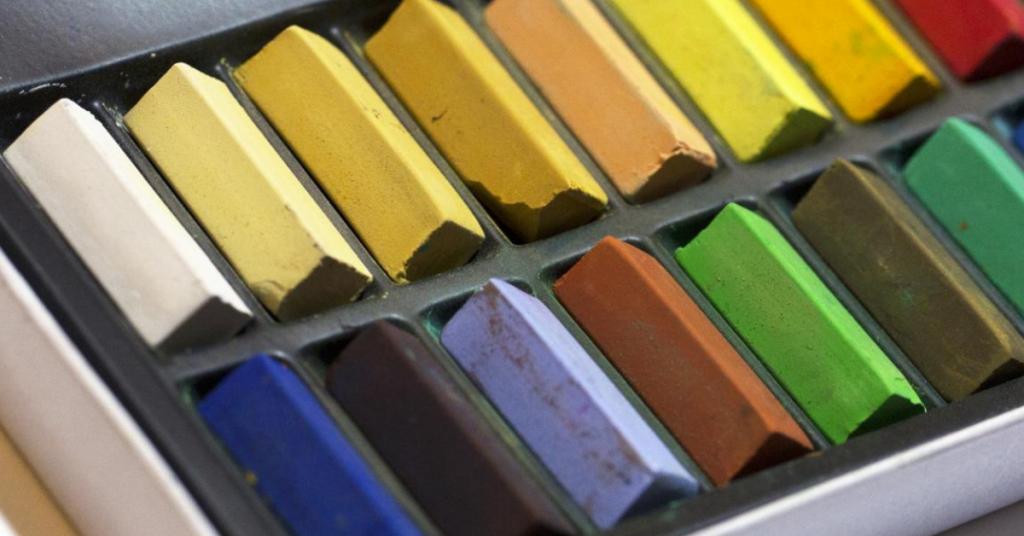
Are you curious about the art medium that’s been captivating artists for centuries?
Look no further than pastels! With their soft texture and vibrant colors, pastels have become a beloved medium for creating stunning works of art.
Whether you’re a seasoned artist or just starting, in this post we answer the question, what is pastel?
Our answer will help you unlock your creativity and explore the endless possibilities of this beautiful medium. Get ready to fall in love with pastels!
Key Takeaways:
Table of Contents
History and Origins of Pastel
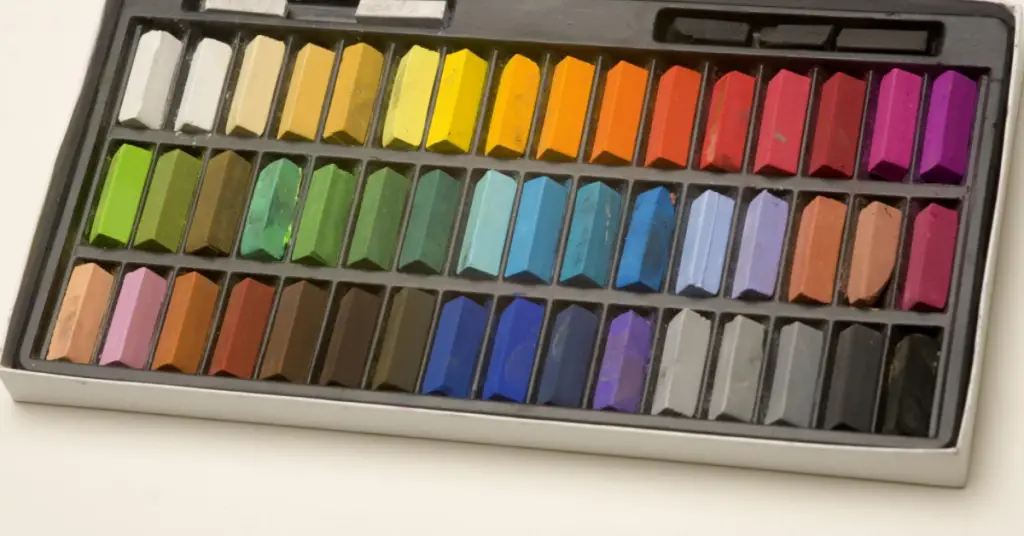
Pastel, a popular art medium known for its soft and vibrant hues, has a rich history that dates back to the 16th century. The word “pastel” comes from the French word “pastiche,” which means a “mixture of colors.”
Initially used by Renaissance masters such as Leonardo da Vinci, pastel rose to prominence during the 18th century, when artists began experimenting with it as an independent medium.
Types of Pastels
In the art market, there are various types of pastels available, each with its own unique characteristics.
- Soft pastels, made of pigment, water, and a small amount of chalk or artificial binder, have a soft texture that creates smooth, smudgy lines and intense color. They cannot be mixed on a palette, so many artists use a wide range of colors.
- Hard pastels are a harder version of soft pastels, often square in shape and less expensive. They are suitable for drawing, sketching, and precise detail work.
- Oil pastels, made of pigment, wax, and oil, have a buttery or waxy texture that is ideal for painterly effects on various surfaces.
- PanPastels, a brand name and type of pastel, are pressed into small, flat containers and applied with spongy applicators for shading, layering, and creating expressive but subtle effects.
- Pastel pencils, essentially colored pencils made of pastel, are perfect for detailed work and can be sharpened to a fine point.
It is important to note that some pastels, such as Rembrandt, are a harder type of soft pastel, which can be confusing.
However, many artists have their own way of working, and there are no strict rules when it comes to using different types of pastels.
Famous Pastel Artists
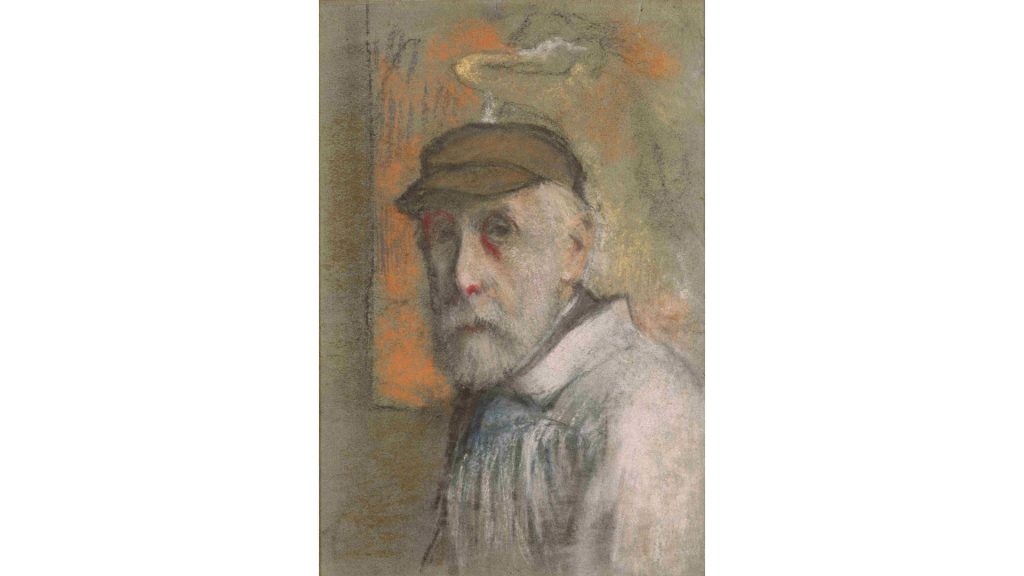
Many famous artists have used pastels as a medium for their artworks.
The French painter and sculptor Edgar Degas is perhaps the most well-known, having created hundreds of pastel works that are now considered masterpieces.
Maurice Quentin de la Tour, an 18th-century portraitist, was famous for using pastels. Other notable pastel artists include Mary Cassatt, Jean-François Millet, and Odilon Redon.
Pastel remains popular for artists of all levels thanks to its versatility and unique qualities.
Whether creating detailed drawings or vibrant paintings, pastel allows artists to express their creativity beautifully and timelessly.
Pastel Techniques and Application
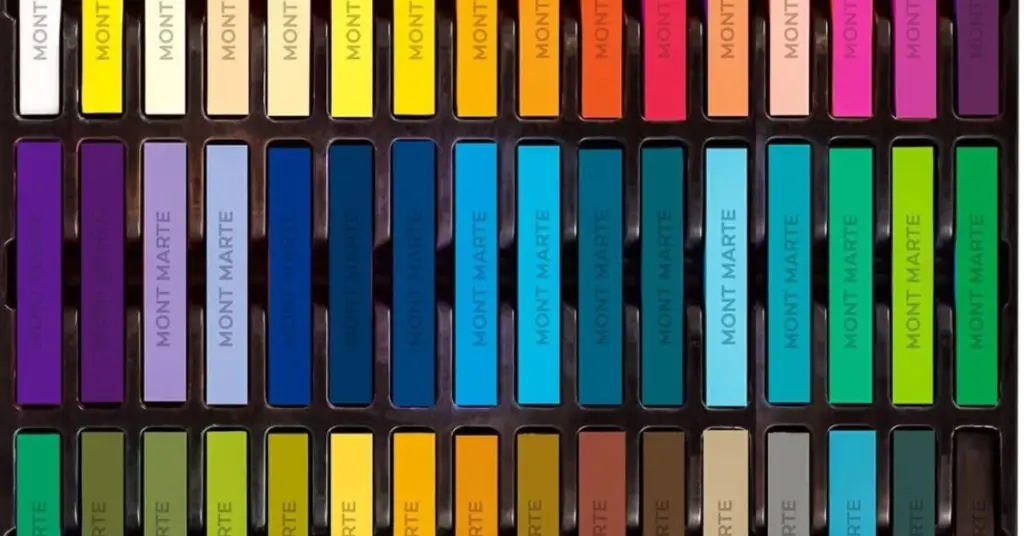
Working with pastels requires a good understanding of various techniques and applications.
Whether a beginner or an experienced artist, familiarizing yourself with these techniques can help you create stunning pastel art.
This section will explore some pastel techniques and applications that can help you create beautiful artwork.
Blending Techniques
Blending is an important technique when working with pastels. Combining two or more colors creates a smooth transition between them.
There are several blending techniques that you can use to achieve different effects. These include:
- using your fingers,
- blending stumps,
- or blending brushes.
It’s important to keep your hands clean and dry to blend with your fingers. Blending stumps are great for smooth gradations between colors, while blending brushes can create a softer, more painterly look.
Using a Binder
A binder is a medium that is used to bind pigments together. It can help you create more stable and long-lasting artwork.
A common binder used with pastels is gum arabic. Simply mix a small amount of gum arabic with water and apply it to your pastel work to help it adhere better to the paper.
This will also add a subtle sheen to your artwork.
Fixative
Applying a fixative to your pastel work can help preserve it. Fixatives can help prevent smudging and keep your colors from fading.
There are two types of fixatives: workable and final. Workable fixatives allow you to work on top of your pastel layers, while final fixatives are used to set your finished artwork.
It’s important to note that fixatives can alter the colors of your pastel work, so it’s always a good idea to test the fixative on a small section before applying it to your entire work.
Understanding Color Hues and Values
Color is an important element of any artwork. When working with pastels, understanding color hues and values is important.
Hues refer to the actual colors you are using, while values refer to the lightness or darkness of those colors.
It’s important to have a good understanding of color theory and how different colors interact. By using these techniques and applications, you can create stunning pastel artwork.
Experimenting with different techniques and applications will help you find your own unique style and approach to working with pastels.
Working with Pastel: Tips and Tricks
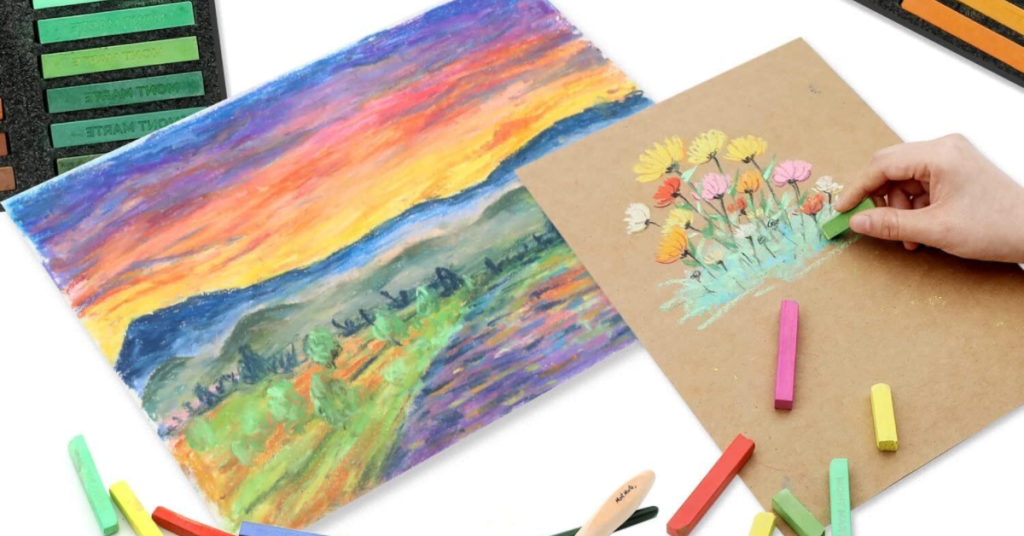
Working with pastels requires unique techniques and strategies to achieve the desired effect.
Whether you are a beginner or an experienced pastel artist, here are some tips and tricks to help you master this beautiful medium.
1. Experiment with different strokes.
One of the most important things to remember when working with pastels is experimenting with different strokes.
Use short, choppy strokes for a textured effect or long, sweeping strokes for a smoother finish. You can also try cross-hatching or scumbling for a unique look.
2. Use smudging techniques to your advantage.
Smudging is a popular technique pastel artists use to achieve a blended look.
You can use your fingers or a blending tool to gently blend the pastel together or use a dry brush to create a softer effect.
Just be careful not to overdo it, as too much blending can result in a loss of detail.
3. Consider using powdered pastels.
Powdered pastels are a great option for creating a unique texture in your artwork.
You can use a pastel shaper or a soft brush to apply the powder, sprinkle it directly onto your paper and use a blending tool to spread it around.
Powdered pastels can also be used to create subtle highlights and shadows.
4. Aim for a painterly effect.
Pastels are known for their ability to create a painterly effect similar to that of oil painting.
To achieve this look, try layering your pastels and using a variety of hues and values to create depth and texture.
You can also experiment with different application techniques, such as scumbling or dry-brushing, to achieve a more painterly effect.
5. Learn from pastel artists who have mastered the medium.
Many talented pastel artists have mastered the medium and developed unique techniques. Take some time to study their work and learn from their methods.
Some notable pastel artists include Mary Cassatt, Edgar Degas, and Wolf Kahn.
6. Practice, practice, practice.
Like with any art medium, practice is the key to mastering pastels. Experiment with different techniques, try out new materials and don’t be afraid to make mistakes.
With time and dedication, you will develop your own unique style and discover the full potential of pastels.
Pastel Paper and Surfaces
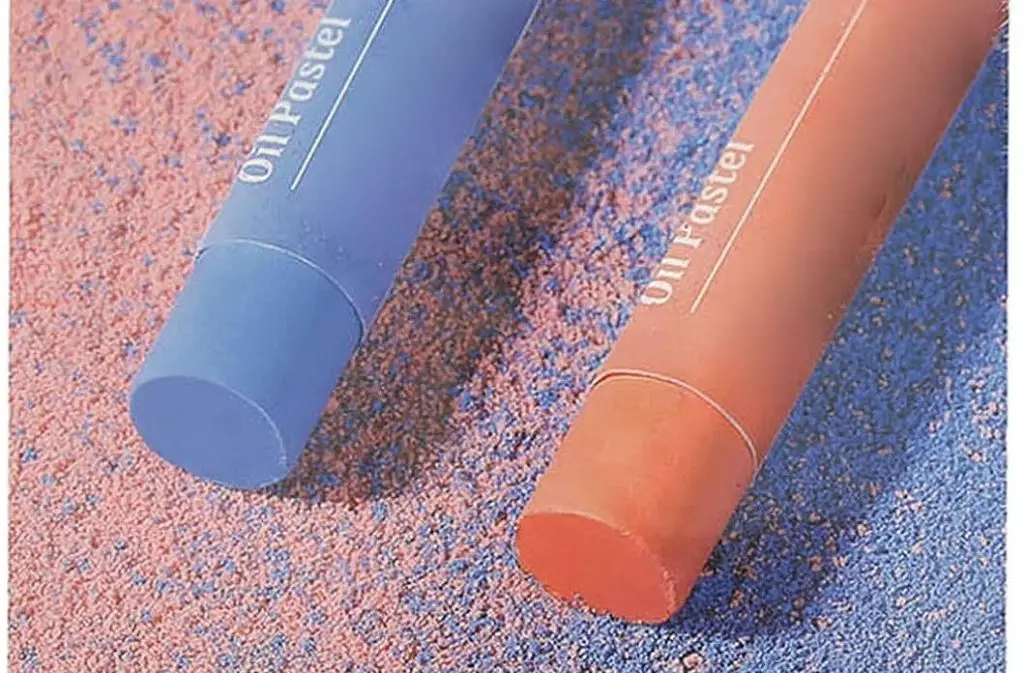
Choosing the right paper and surfaces is critical when working with pastels. Different options can affect the outcome of the finished piece and how well the pastels adhere to the surface.
Watercolor paper is a popular choice among artists for pastel work, as it has a slightly rough texture that can help the pastels grip and adhere to the surface.
Specialized pastel paper is also available, with a gritty surface that can hold multiple layers of pastel.
Pastel societies, such as the Pastel Society of America or the International Association of Pastel Societies, promote specialized papers for the best results.
Laid paper is another option that works well with pastels, providing a texture that helps hold the pastel particles in place.
It’s important to note that different pastels may work better on certain papers. Soft pastels are usually used on rougher textured papers, while hard pastels work better on smoother surfaces.
Pastel Paper and Surfaces
Choosing the right paper and surface is essential when working with pastels. The right choice can enhance the artwork, while the wrong choice can lead to smudging and color loss.
Here are some factors to consider when selecting a paper or surface for pastel work.
Pastel Paper
Pastel paper is specially designed to hold pastel particles and prevent the colors from smudging. This type of paper has a textured surface that provides a tooth for the pastel particles to adhere to.
Watercolor paper is another option that can be used for pastel work. It has a similar texture to pastel paper but is more absorbent, making it a great choice for artists experimenting with watercolor and pastel techniques.
| Paper Type | Texture | Weight |
|---|---|---|
| Pastel Paper | Textured | Heavy |
| Watercolor Paper | Textured | Light to Heavy |
When using pastel paper, it is important to consider the color of the paper. White is a good option for artists who want to achieve vibrant and bright colors.
However, using a mid-tone or dark pastel paper can create dramatic effects and add depth to the artwork.
Pastel Surfaces
In addition to paper, pastels can also be applied to a variety of surfaces. Laid paper is a popular option that provides a unique texture and tooth for the pastel particles to adhere to.
Other options include canvas, board, and even sandpaper. Each surface has its unique texture and tooth, providing artists with a wide range of options for creating artwork.
Pastel society organizations are a great resource for artists looking to learn more about pastel surfaces and papers.
Regardless of the surface or paper, it is important to use a fixative to protect the artwork from smudging.
After the artwork is complete, a fixative should be sprayed over the surface to hold the pastel particles in place. This can also help to enhance the color and vibrancy of the artwork.
By understanding the characteristics of different papers and surfaces, artists can choose the right material to enhance their pastel work and create stunning, vibrant artwork.
Enhancing Pastel Art: Fixatives and Framing
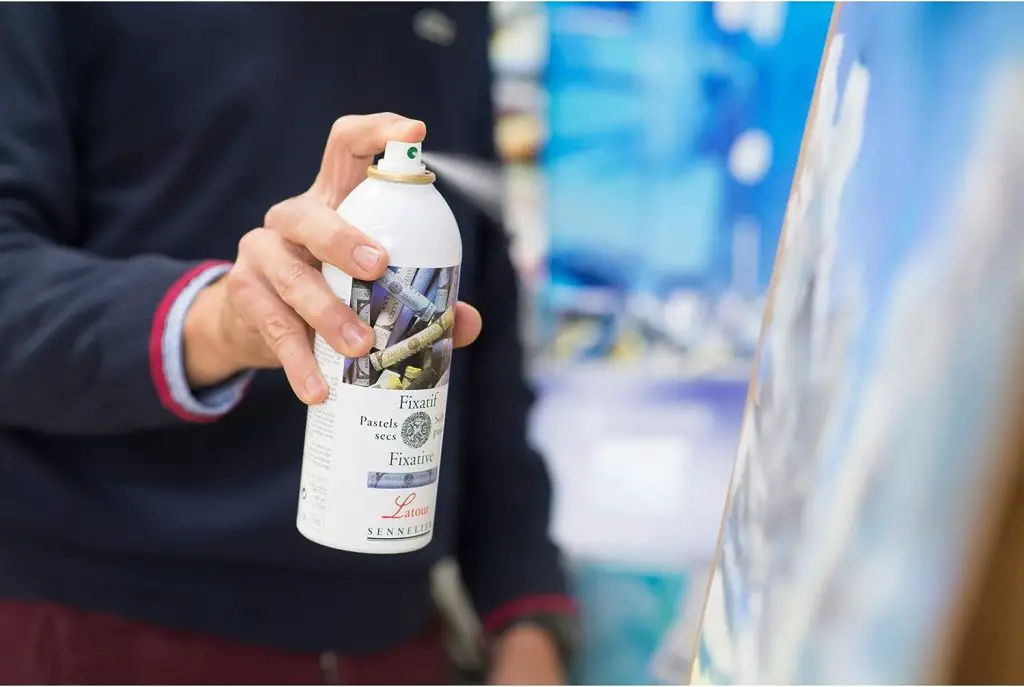
Pastel art requires special care to ensure it remains in pristine condition for years to come. Using fixatives and appropriate framing techniques can help preserve the colors and prevent smudging.
The Role of Fixatives

Fixatives are aerosol sprays that can be used to protect pastel artwork from smudging. They create a thin film that adheres to the paper’s surface and helps hold the pastel particles in place.
When using a fixative, it’s important to spray it evenly across the artwork from a distance of at least 12 inches. Allow it to dry completely before adding more layers of pastel or handling the artwork.
It’s also important to note that fixatives can darken the colors of pastel art, so it’s advisable to test a small area before spraying the entire artwork.
The Art of Framing
Framing pastel artwork requires extra care to ensure it remains in good condition.
- When framing pastel art, it’s important to use acid-free mats and UV-resistant glass to prevent fading and discoloration.
- Additionally, it’s advisable to use spacers to keep the artwork from touching the glass directly. This allows for air circulation and can prevent moisture buildup, which can damage the artwork.
- Another important consideration when framing pastel art is to use a dust cover on the back of the frame to prevent dust and debris from entering.
By using fixatives and appropriate framing techniques, pastel artwork can be enjoyed for many years to come.
Exploring the Beauty of Dry Pastel
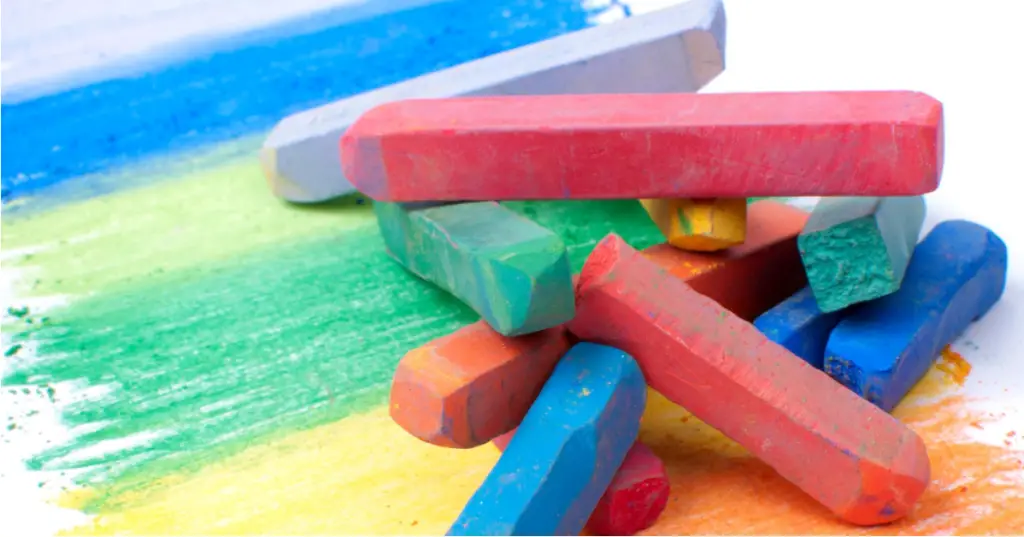
Dry pastel is a unique and versatile medium used by artists for centuries. Its beauty lies in its ability to create detailed drawings and vibrant artwork, making it a favorite among artists of all skill levels.
The nature of pastel particles contributes to the unique texture of dry pastel, giving it a soft and powdery appearance that is perfect for creating a range of effects.
Artists can create bold strokes, delicate lines, and smooth gradients, making it a versatile tool for any project.
One of the key advantages of dry pastel is its ability to be layered and blended to create depth and dimension in the artwork.
Artists can use various techniques to achieve this effect, including hatching, cross-hatching, and stippling. They can also use the smudging technique to create a painterly effect.
Dry pastel also offers a broad range of bright and bold colors that make any artwork stand out.
These colors are achieved through high-quality pigments that are finely ground and mixed with a binder to create a paste.
This paste is then formed into sticks that are ready for use in a range of applications.
The beauty of dry pastels lies not only in their versatility but also in their simplicity. With just a few basic tools and techniques, artists can create stunning works showcasing this beloved medium’s unique texture and vibrancy.
Oil Pastel: A Diverse and Expressive Medium
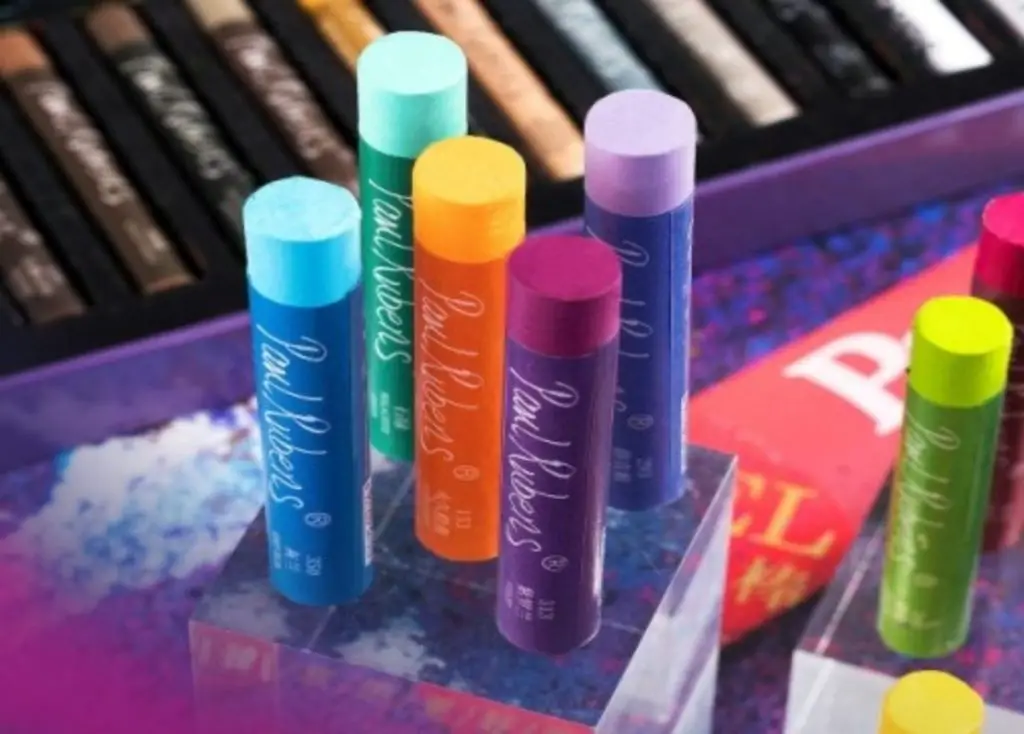
Oil pastel is a unique and versatile medium that offers artists a range of creative possibilities.
Unlike dry pastels, oil pastels contain non-drying oil, giving them a creamy consistency and allowing for easy blending and layering.
They offer a wider range of colors and a different texture than dry pastels, making them a favorite medium for many artists.
When working with oil pastels, it’s important to remember that they are incompatible with other traditional mediums, such as watercolor or acrylics.
Oil Pastel Techniques and Application
There are a variety of techniques and methods for working with oil pastels.
- One common approach is to use a layering technique to build up an image, starting with a rough sketch and gradually adding layers of color to create depth and dimension.
- Blending is another important technique to master, as it allows for a smooth transition between colors and can help to create a more polished look for artwork.
- When working with oil pastels, it’s important to remember that they do not adhere well to all surfaces, so using textured paper designed specifically for them is recommended.
Additionally, a fixative can be used to preserve the artwork and prevent smudging.
Comparing Oil Pastels to Dry Pastels
While oil pastels and dry pastels are classified as pastels, they have different properties that set them apart.
- As mentioned, oil pastels contain non-drying oil, giving them a different consistency and texture than dry pastels.
- Oil pastels offer a wider range of colors and a more intense saturation, while dry pastels have a softer and powdery texture.
- When working with oil pastels, it’s important to remember that they do not create the same dry brush effects as dry pastels.
- However, oil pastels are known for their ability to create a more painterly effect and for their versatility in creating both detailed drawings and vibrant artworks.
Using Non-Drying Oil in Oil Pastels
The use of non-drying oil in oil pastels allows for a longer working time and makes it easier to blend colors together.
However, it also means that oil pastels do not dry completely and can remain tacky to the touch.
This can make framing and storing the artwork more difficult, as they must be handled carefully to avoid smudging or sticking to other surfaces.
Overall, oil pastel is a unique and expressive medium that offers artists a range of creative possibilities.
With a little practice and experimentation, artists can discover the many techniques and applications that make oil pastel a favorite medium for many artists.
Innovators in Pastel Technique: Edgar Degas and Others
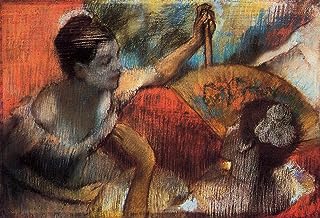
Many historical artists have used pastels to create some of the most stunning and breathtaking paintings.
Among the most famous artists, Edgar Degas and Maurice Quentin de la Tour, are known for their innovative techniques and contributions to the medium.
Edgar Degas
| Technique | Description |
|---|---|
| Laid paper | Edgar Degas used a special type of paper called laid paper, which has a texture that helps to hold the pastel particles in place. This allowed him to create intricate and detailed works of art. |
| Crayon | Edgar Degas often incorporated the use of crayon into his pastel works, which helped to create a unique depth and layering effect. He was known for his ability to blend colors seamlessly using this technique. |
“Art is not what you see, but what you make others see.” – Edgar Degas
Maurice Quentin de la Tour
Maurice Quentin de la Tour was a French artist known for using pastels in portrait art.
He used a delicate touch to create lifelike depictions of his subjects, often placing them in elegant and sophisticated settings.
| Technique | Description |
|---|---|
| Catchlights | Maurice Quentin de la Tour was known for using catchlights, which are small, bright reflections in the eyes that create a lifelike effect. He used pastel to create these highlights, which helped bring realism to his art. |
| Layering | Maurice Quentin de la Tour was known for using catchlights, which are small, bright reflections in the eyes that create a lifelike effect. He used pastels to create these highlights, which helped bring realism to his art. |
“Life is a comedy for those who think and a tragedy for those who feel.”
– Maurice Quentin de la Tour
These artists, among others, have left behind a rich legacy in pastel art. Their techniques and contributions have inspired countless artists to continue exploring pastels’ unique beauty and versatility.
The Timeless Beauty and Appeal of Pastel
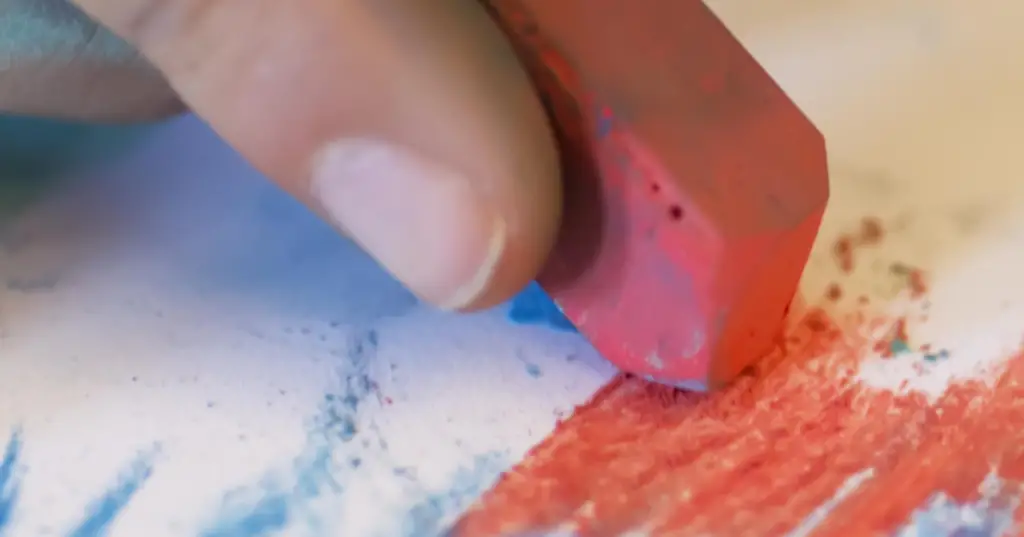
Pastel has the unique ability to capture emotion and movement, making it a favorite medium among artists and art enthusiasts.
The soft and vibrant colors create a sense of luminosity and depth that is hard to achieve with other mediums.
Beyond its aesthetic appeal, pastel offers a range of techniques and applications that can bring any creative vision to life.
The nature of pastel particles makes it a versatile medium that allows for easy blending and layering.
This creates a sense of depth and complexity that is hard to achieve with other mediums. The result is a painting that captures the subject’s essence and brings it to life in a unique way.
Many artists are drawn to pastel for its emotional impact.
Pastel Vibrancy
The vibrancy of pastel colors can evoke powerful feelings, making it an ideal medium for capturing the beauty of nature, the energy of a city, or the stillness of a moment.
Pastel paintings often have a dreamlike quality that captures the viewer’s imagination and transports them to another place and time.
Beyond its aesthetic and emotional appeal, pastel is a highly accessible medium. Anyone can start creating beautiful pastel artwork with a few basic tools and some instructions.
There are infinite possibilities for experimentation and exploration with pastels, making it a rewarding medium for both beginners and experienced artists.
Concluding Thoughts on What is Pastel?
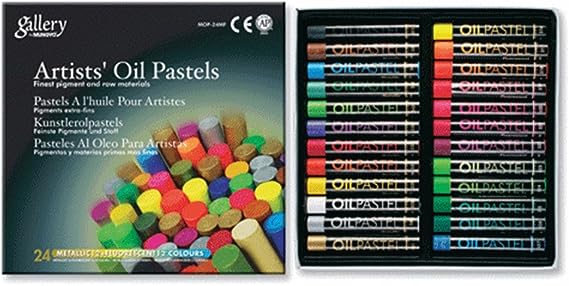 Mungyo oil pastels” class=”wp-image-7004″ style=”width:833px;height:419px” width=”833″ height=”419″/>
Mungyo oil pastels” class=”wp-image-7004″ style=”width:833px;height:419px” width=”833″ height=”419″/>In conclusion, pastel is a medium that will always have a place in the world of art. Its beauty, versatility, and emotional impact make it a favorite among artists and art enthusiasts.
If you are an artist, we encourage you to explore the medium of pastel and experiment with its various techniques and applications. The possibilities are endless, whether using soft pastels, pastel pencils, or oil pastels.
Whether you are drawn to the soft and vibrant colors, the unique texture created by pastel particles, or the wide range of techniques and applications, pastel is a medium that can bring any creative vision to life.
Thank you for reading what is pastel? We hope it has inspired you to create beautiful works of art. Keep exploring, experimenting, and above all, enjoy the process of working with this wonderful medium.
References:
- Barnes, Sara. “Learn to Paint Without a Brush by Drawing With Pastel Sticks.” My Modern Met, 14 July 2020, mymodernmet.com/pastel-art.
- Richman-Abdou, Kelly. “9 Famous Renaissance Artists Whose Work Transformed the Art World.” My Modern Met, 29 July 2022, mymodernmet.com/renaissance-artists.
- Edgar Degas – Self-Portrait / Arp Museum Rolandseck. arpmuseum.org/en/museum/museum/collections/the-rau-collection-for-unicef/edgar-degas-self-portrait.html.
- “Maurice Quentin De La Tour – 148 Artworks – Painting.” www.wikiart.org, www.wikiart.org/en/maurice-quentin-de-la-tour.
- El Greco'S Most Famous Paintings. www.thehistoryofart.org/mary-cassatt/drawings.
- “Peasants in Pastel: Millet and the Pastel Revival.” Getty Museum, www.getty.edu/art/exhibitions/millet_pastels.
- Bombalova, Graciela. “Odilon Redon and His Pastel Technique – Pastel Portraits.” Pastel Portraits, 25 Feb. 2020, portraitonpastel.com/en/odilon-redon-pastel-technique.
- Pastel Society of America | Headquartered at the National Arts Club, NYC. www.pastelsocietyofamerica.org.
- IAPS – International Association of Pastel Societies. www.iapspastel.org.
- Share. www.neenahpaper.com/brands/classic-laid-papers.
- Colella, Joseph. “Do Oil Pastels Dry Out? How to Make Sure They Don'T.” Wasted Talent Inc, 16 Dec. 2022, wastedtalentinc.com/do-oil-pastels-dry-out.
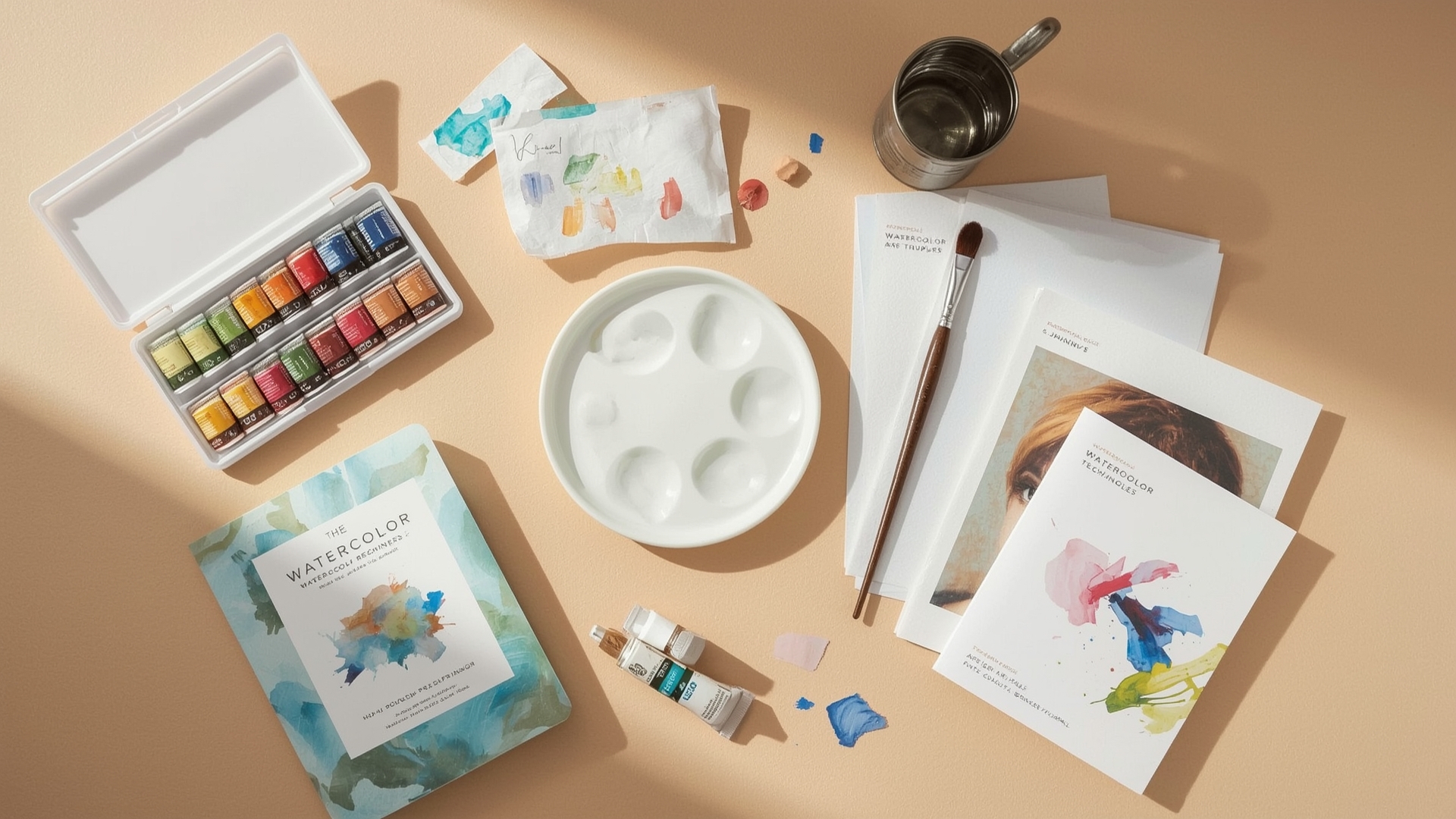
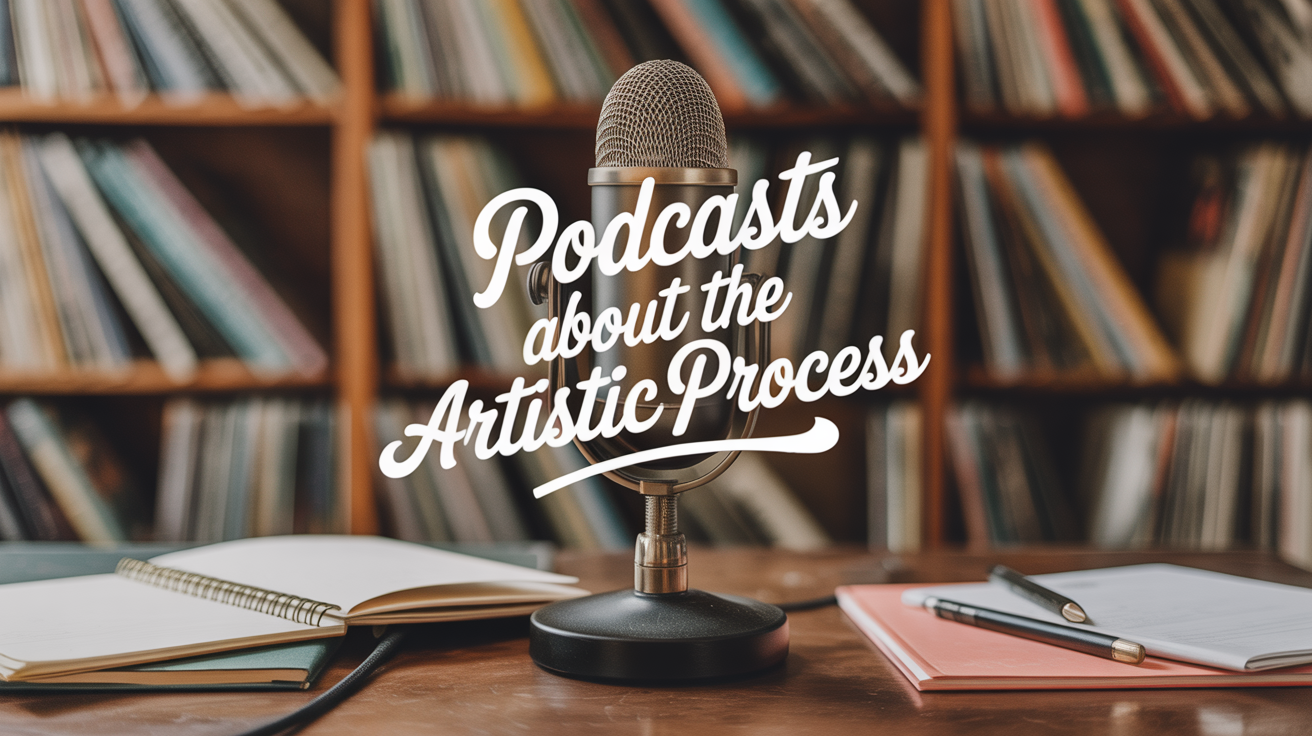
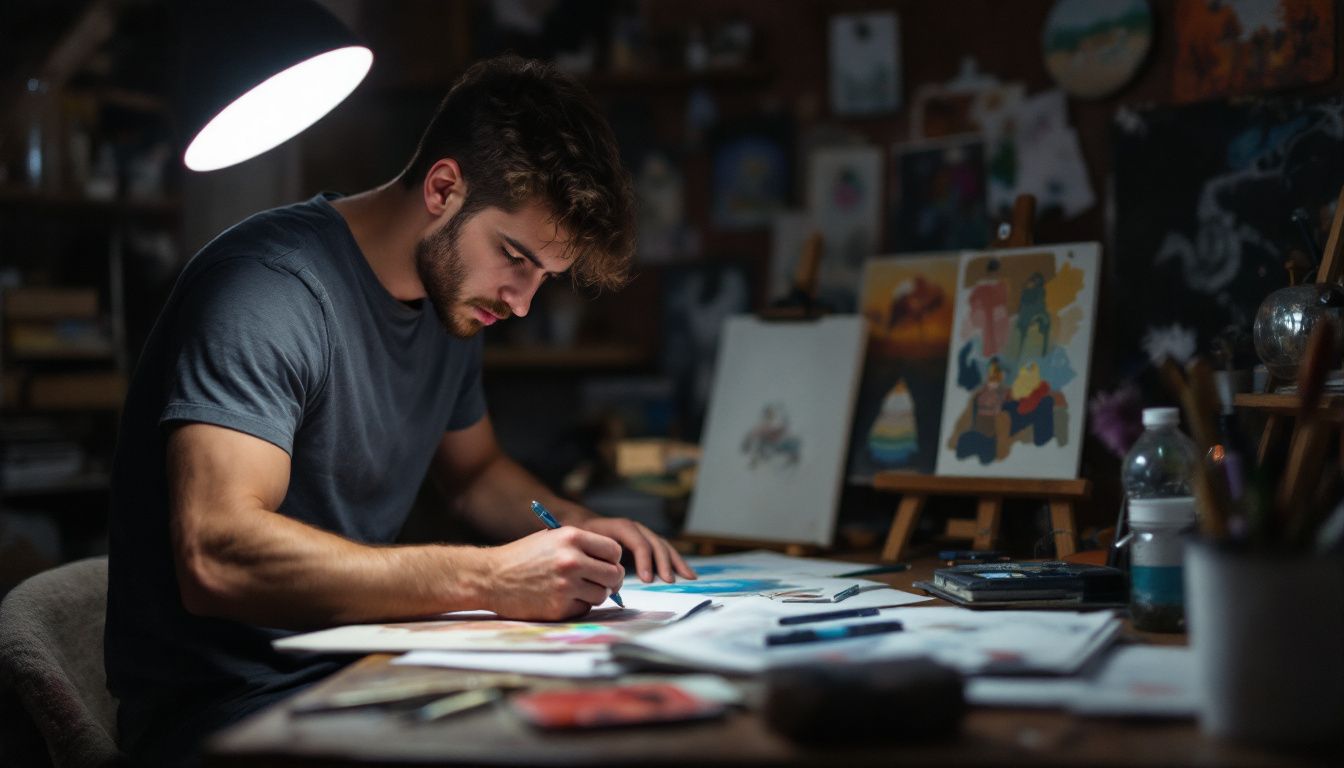
Leave a Reply